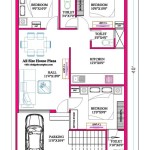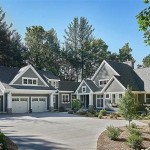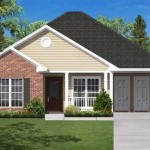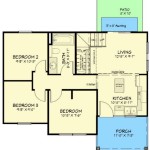House Plans for Flood Zones: A Blueprint for Resilience
Preparing for the inevitable is crucial in flood-prone areas. Designing a home that can withstand the challenges of flooding not only ensures the safety of your family and belongings but also protects your property against costly damage. House plans tailored to flood zones provide comprehensive solutions that prioritize resilience and mitigate potential risks.
Elevated Foundations: A Solid Base
The foundation of your home is the cornerstone of flood protection. Elevating the foundation at least two feet above the base flood elevation is paramount. This vertical separation between the ground and the house creates a buffer zone that prevents floodwaters from entering the living space. Proper drainage around the foundation is also essential to divert water away from the building.
Waterproofing Measures: Keep Moisture Out
Waterproof materials and techniques are vital for preventing water intrusion. Exterior walls and basement should be sealed with waterproof membranes and coatings. Doors and windows should be watertight and fitted with weatherstripping or gaskets. Ventilation is crucial to prevent moisture buildup, and proper attic and crawl space ventilation should be incorporated into the design.
Electrical and Utility Considerations
Electrical systems and utilities can be vulnerable to flood damage. House plans for flood zones should include measures to protect these critical components. Electrical panels, outlets, and switches should be located above the flood elevation. Gas, water, and sewer lines should be elevated or protected with waterproof enclosures.
Open Floor Plans: Maximizing Flexibility
In flood zones, open floor plans are advantageous. Removing interior walls creates larger, more flexible spaces that can be easily reconfigured to accommodate changing water levels. This flexibility allows for easy access to higher elevations and facilitates the movement of furniture and belongings in case of flooding.
Building Materials: Resilience and Durability
The choice of building materials plays a significant role in flood resistance. Pressure-treated lumber, rot-resistant siding, and moisture-resistant drywall are ideal options. Steel or concrete reinforcement can enhance structural integrity, while flood-resistant finishes, such as epoxy or tile, can minimize damage to surfaces.
Emergency Preparedness: Plan Ahead
House plans for flood zones should incorporate emergency preparedness measures. Designate a safe room or refuge area above the flood elevation, where family members can gather in case of flooding. Provide multiple escape routes, including windows that open easily and sturdy exterior stairs. Install a backup power generator to ensure essential utilities remain operational.
Conclusion: Peace of Mind in Flood-Prone Areas
Investing in a house plan designed for flood zones is an investment in peace of mind and long-term protection. By adhering to building codes and incorporating innovative design strategies, homeowners can create resilient structures that withstand the challenges of flooding. These homes not only provide a safe haven for families but also preserve the value of property and mitigate the financial and emotional toll of flood damage.

Flood Zone Designs N House Design Group

Flood Zone Designs N House Design Group

Elevated 2 Bed House Plan For Flood Prone Areas 22340dr Architectural Designs Plans

Flood Proof House A Designer S View

Flood Zone Designs N House Design Group

10 Best Flood Zone House Plans Ideas Design

Flood Zone Houses An Ideabook By Mo

How Can Architecture Combat Flooding 9 Practical Solutions Archdaily

Flood Zone Houses An Ideabook By Mo

10 Best Flood Zone House Plans Ideas Design








